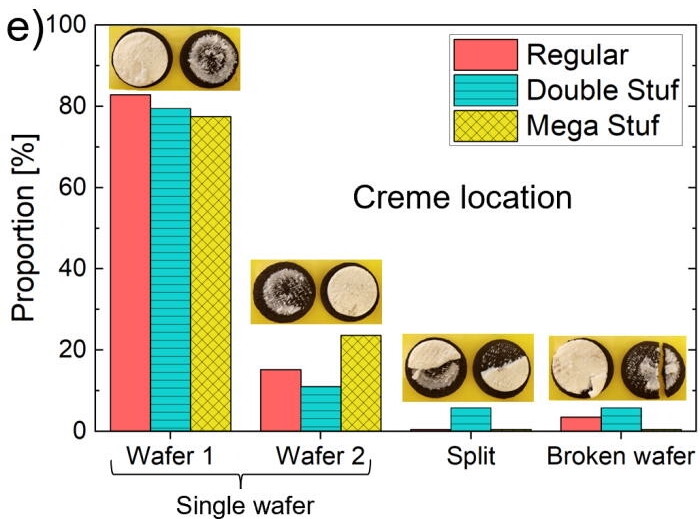Riding a bicycle is a seemingly simple activity that we never forget how to do. However, the physics behind pedaling and movement is a balance between force and resistance. Bartosz Ciechanowski breaks it down in a visual essay filled with interactive demos.
The structure of Ciechanowski’s essays are straightforward with the interactives doing a lot of the heavy-lifting for every concept. The physics are split into many small parts for ease of understanding. It makes me wonder about a data visualization equivalent to explain a complex dataset.
Tags: Bartosz Ciechanowski, bicycle, physics




 The Physics & Astronomy Category Recipient of the PLOS ONE Early Career Travel Award in the Physical Sciences Is… post-info Thank you to all community members who submitted applications! We are delighted to
The Physics & Astronomy Category Recipient of the PLOS ONE Early Career Travel Award in the Physical Sciences Is… post-info Thank you to all community members who submitted applications! We are delighted to By PLOS ONE Editors post-info Early career researchers (ECRs) are very much at the heart of what we do at PLOS. Last year alone, PLOS ONE published more than 20,000 research papers, undoubtedly with tens
By PLOS ONE Editors post-info Early career researchers (ECRs) are very much at the heart of what we do at PLOS. Last year alone, PLOS ONE published more than 20,000 research papers, undoubtedly with tens 0000-0002-8715-2896 “The greatest enemy of knowledge is not ignorance, it is the illusion of knowledge.” –Stephen Hawking 1942-2018 This week the world lost one of the most impressive scientists in history, the one and
0000-0002-8715-2896 “The greatest enemy of knowledge is not ignorance, it is the illusion of knowledge.” –Stephen Hawking 1942-2018 This week the world lost one of the most impressive scientists in history, the one and GRAVITATIONAL WAVES MAKE WAVES Here it is only February, but the long-sought detection of gravitational waves announced last week is likely to be the biggest science news of 2016. The ability to see/hear gravitational waves
GRAVITATIONAL WAVES MAKE WAVES Here it is only February, but the long-sought detection of gravitational waves announced last week is likely to be the biggest science news of 2016. The ability to see/hear gravitational waves